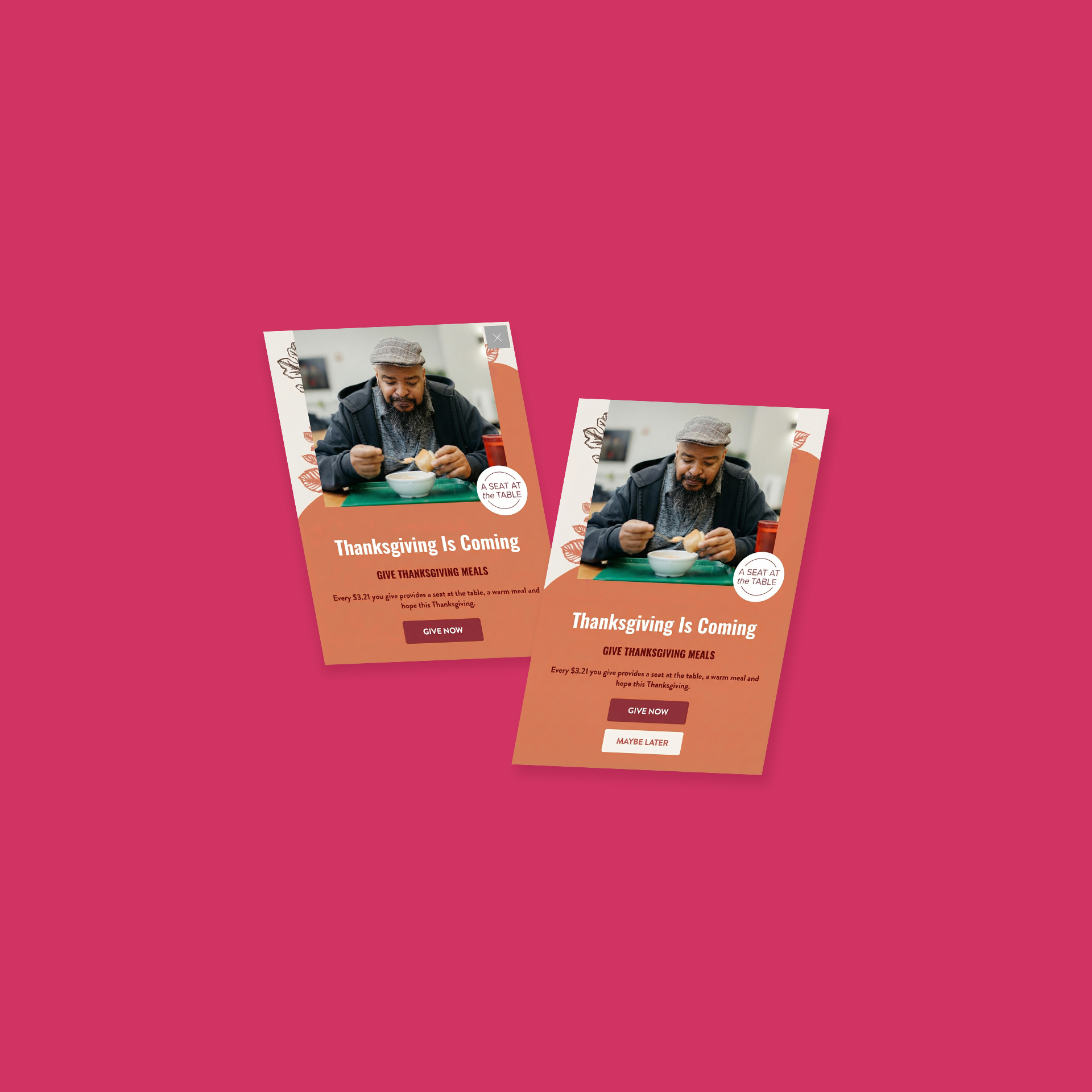Direct Mail

Direct Mail
Opportunity
In our industry, we often cultivate all donors in the same way, in a model built for direct mail-acquired donors. This often results in lower retention rates for donors with other channel preferences. The industry has hesitated to change as multiple cultivation programs can be expensive and there is high risk in attempting to beat a long-standing control program that drives a high proportion of revenue.
At Masterworks, however, many of our clients acquire equal to or more online donors than direct mail. We needed to find the best cultivation solution for our changing donor files.
Strategic shift: less mail but make it more memorable
First, we tested reducing direct mail to donors who have yet to respond through the mail. The goal was to free up the underperforming budget for more cultivation in other channels.
We learned that these donors don’t need as much mail, but they do need some. The pieces that had the biggest impact on donor response were often those with a high perceived value — think portfolio pieces and handwritten cards.
This new program would replace numerous “low-cost” mail appeals with fewer — but more impactful — mailings. Simultaneously, we introduced an “Up or Out” strategy for lower-value donors, urging them to upgrade to a monthly giving relationship with a $5 monthly contribution.
Higher-level offers and packages would motivate donors to increase their support, while more monthly donor asks would boost sustainer conversion and decrease long-term cultivation costs.
Results

Impact
Initiatives like this pave the way to unlock even more extraordinary generosity from donors. We also learned that:
- Higher-cost, nicer-looking direct mail with fewer impacts worked for both direct mail and digital donors (digital donors require even fewer impacts).
- For lower-value donors, upgrade them to sustainers, and if they don’t upgrade, stop mailing them until the next acquisition season.
- Clients loved the classier look and feel of the direct mail and that they were mailing donors fewer appeals without sacrificing revenue.















